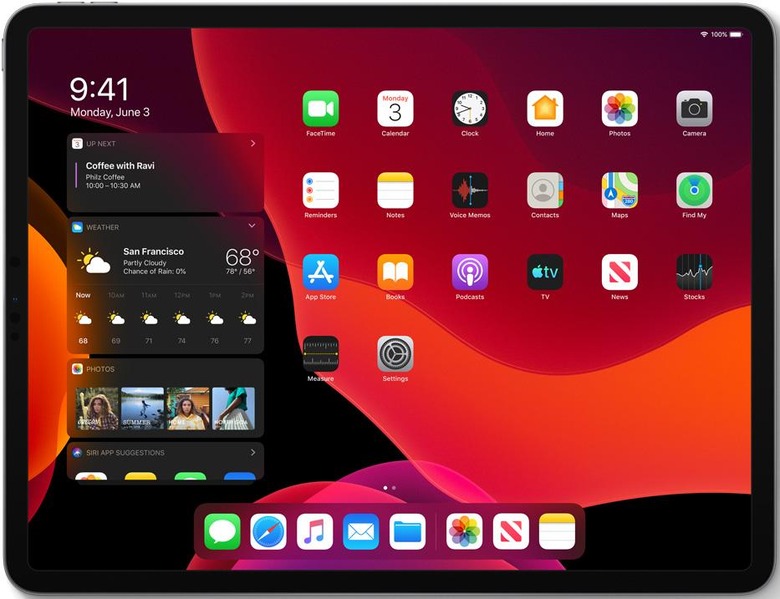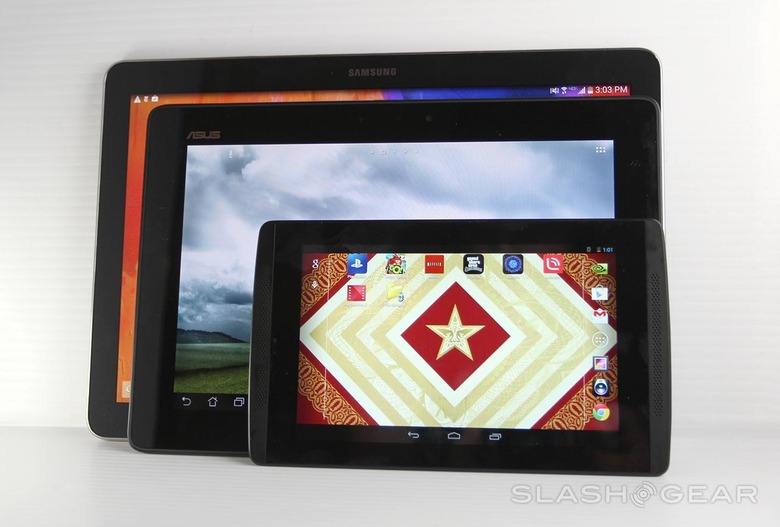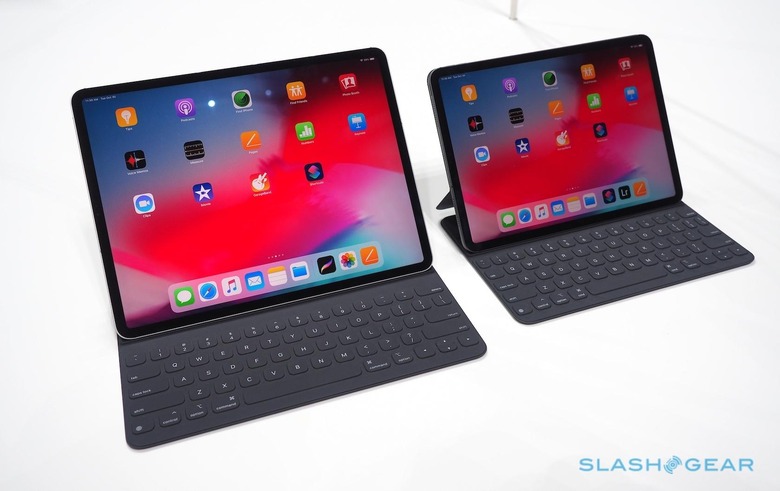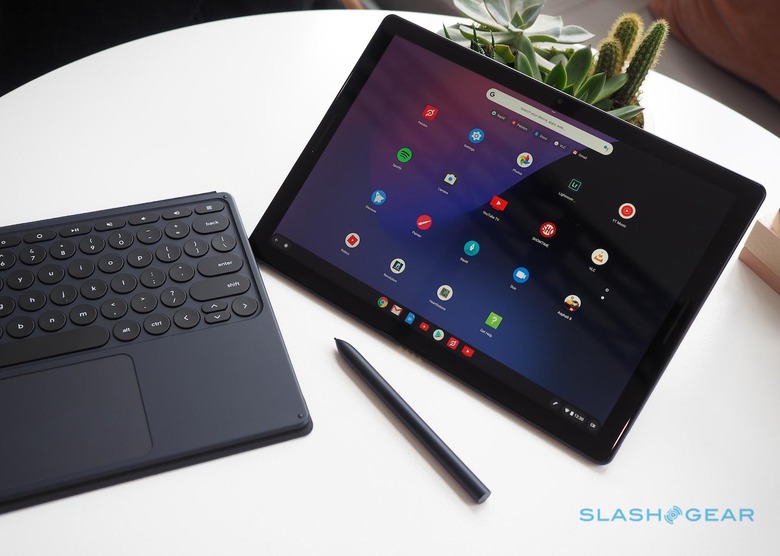iPadOS Shows Where Android Tablets Went Wrong
One of the most surprising things to come out of WWDC is arguably iPadOS. Until just a few hours before the event, there was very little evidence of its existence. Sure, Apple has been making iOS on iPads, especially iPad Pros, more and more capable but few probably expected it would come out with a slightly modified and dedicated version of iOS for larger screens. More than just confirming Apple's vision for its iPad line, iPadOS also reinforces the opportunity that Google and other Android device makers had with Android tablets and how they squandered that chance to beat Apple to this market.
iPadOS: What's new and what's just catching up
Undoubtedly, Android fans will be chuckling at some of the things that were announced as shiny and innovative in iPadOS. Admittedly, there are some things that may be new to iOS users on iPads that Android users have enjoyed for years, be it on a phone or a tablet. Android, for example, has never shunned USB devices, both storage and mouse, and has had home screen widgets from day one.
While plain Android or Google's version didn't get a file manager app until recently, the platform has allowed such third-party apps to proliferate, sometimes a bit too much.

On the other hand, Android users don't have any reason to gloat. There are quite a few things coming to iPads that they wished they have. Sidecar is a very nifty feature though, admittedly, perhaps difficult to integrate with different desktop operating systems. Not impossible, given Android's more open nature, just difficult. Opening multiple instances of the same app has been somewhat of a hit or miss, depending on the OEM or supported apps, and having a "desktop class" web browser can definitely be useful on such a big screen. These, unfortunately, are things that Android could have gotten years ago if companies only got their act together earlier.
Squandered Opportunity
It's not like Android is a new player to the tablet market. The platform has had a rather colorful history with tablets even before Google officially "allowed" Android on tablets. The disastrous Honeycomb release was meant to curb the wild growth of manufacturers doing their own thing and offer both OEMs and app developers the components and API to build tablet-friendly experiences. But without a concerted effort from the market, and without Google's influence, it didn't really take off.
As a platform, Android has proven itself technically capable of supporting the experiences that iPadOS is promising and more. Just take a look at the tablets and UI that Samsung, Huawei, Lenovo, and third-party developers have produced as evidence. Granted, it isn't perfect but the seeds are there, just waiting to be nurtured.

Android already has official split-screen support but its implementation feels raw and tacked on rather than an integral part of the experience. iPad users can probably only dream of floating windows but Android is capable of that. There's official support for pressure sensitive input but due to licensing or other business considerations, not even Bluetooth styluses caught on.
Widgets were once a point of pride for Android users but Google seems to be pushing them out just when Apple is ironically pushing them forward. And despite fewer restrictions on web browsers, no one has even thought of developing a desktop-class browser to Android. Not even or especially not Google, browser king.
Direction
What Android lacked wasn't the technical capability to pull off a tablet-friendly user experience. What it lacked was a general sense of direction, the drive to go in that direction, and some people to nudge things along. Android doesn't have an Apple to dictate its direction. The closest it has is Google and even then it isn't a dictatorial regime. Google could have spent some effort to really sell the idea of Android tablets but it wasn't a fan of tablets in the first place.
The Android market is largely driven by cooperating and competing companies who go where the market goes and, to them, there is barely and Android tablet market. It's one of the Catch-22 situations of Android tablets that Apple had a very simple solution for. It didn't wait for there to be a pro tablet market or for users to start demanding for prosumer iPads. It created that market by creating a product and an experience that consumers will want, whether they wanted to before or not.

Chicken and Egg Apps
It's almost too easy to pin the blame on the lack of push from OEMs or from Google itself but hardware and platform are just one part of the problem. The other has always been and continues to be the app situation on Android. The platform boasts of thousands of apps with millions of downloads but, if you make a tally, the most popular and most lucrative ones are still not on Android. That's true for Android phones but was especially true for tablets.
That deficiency in Android tablet apps is even more pronounced when it comes to a category that tablets are best suited for: content creation and productivity. It isn't even just about painting apps or video editing apps that rose in fame with the iPad Pro. Truth be told, those existed even before there was an iPad Pro, back when Android device makers were boasting about phones' and tablets' incredible performance. No, these class also includes sophisticated text editors, design suites, task managers, and even 3D modelers. These do exist on Android as well, but few if any have achieved the same level of renown as their iOS counterparts.
Chrome OS
Android tablets are pretty dead and it will only take a miracle for them to reemerge. The few that remain are mostly focused on the budget entertainment market that is fueled not by device sales but by subscriptions and services. If any OEM, like Samsung or Huawei, wants to continue making Android tablets, they're pretty much on their own. Because as far as Google is concerned, Chrome OS is the future of tablets.

Chrome OS, however, risks repeating history. It is a capable platform with almost limitless potential. That potential still has to be realized in the same way iOS on iPads has graduated to become iPadOS. And unless Google and its partners put their weight into it and pull hardware makers, accessory makes, and app developers into the ecosystem, Chrome OS will return to what it once was: a glorified web browser in a laptop.
